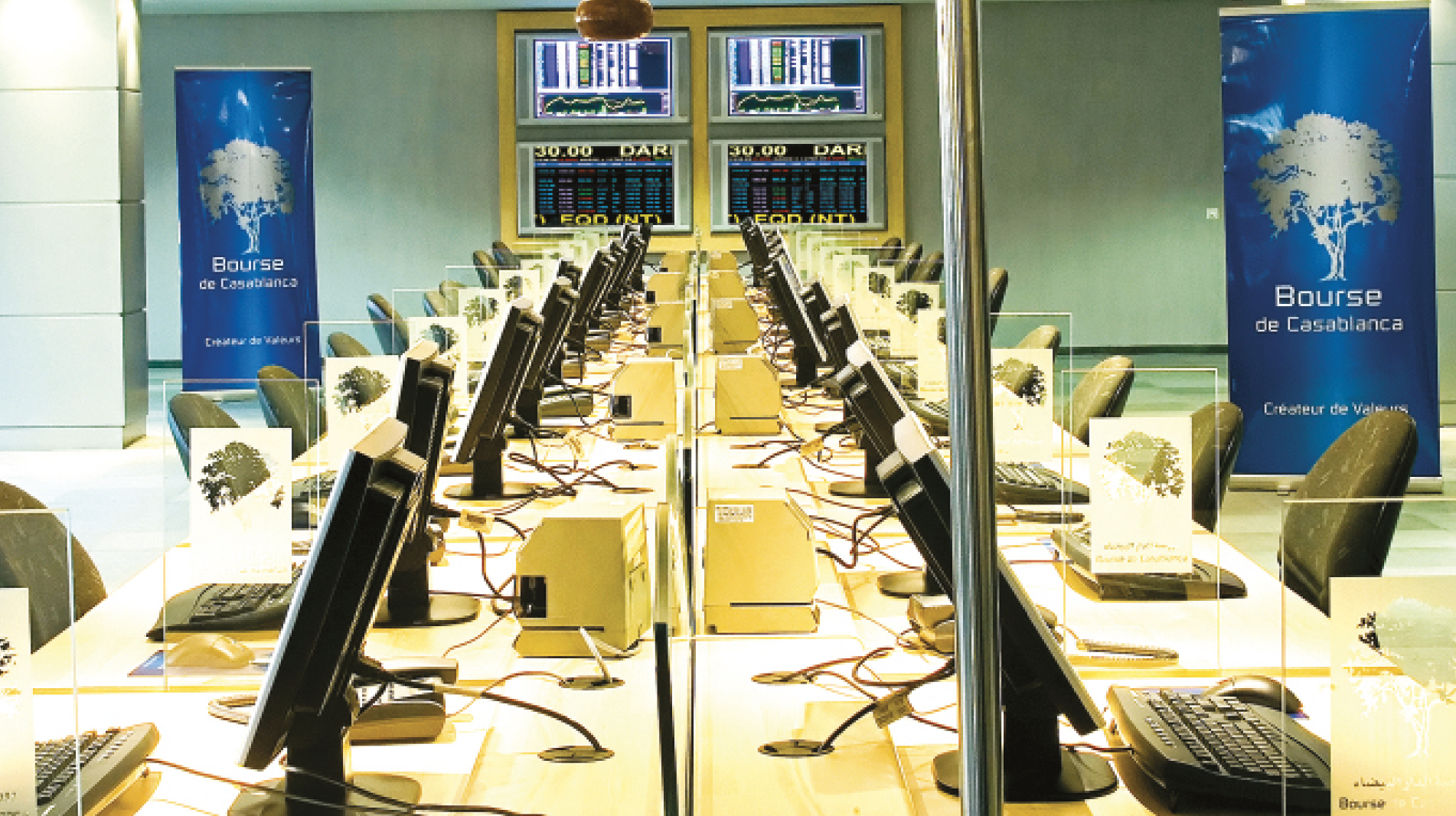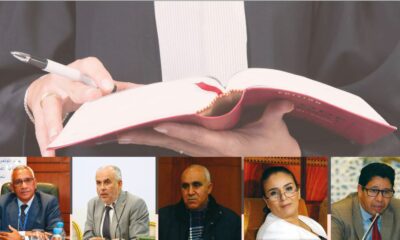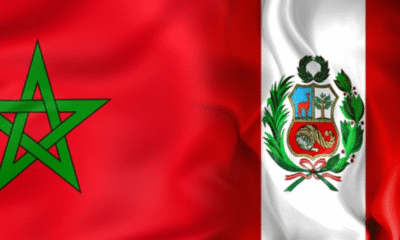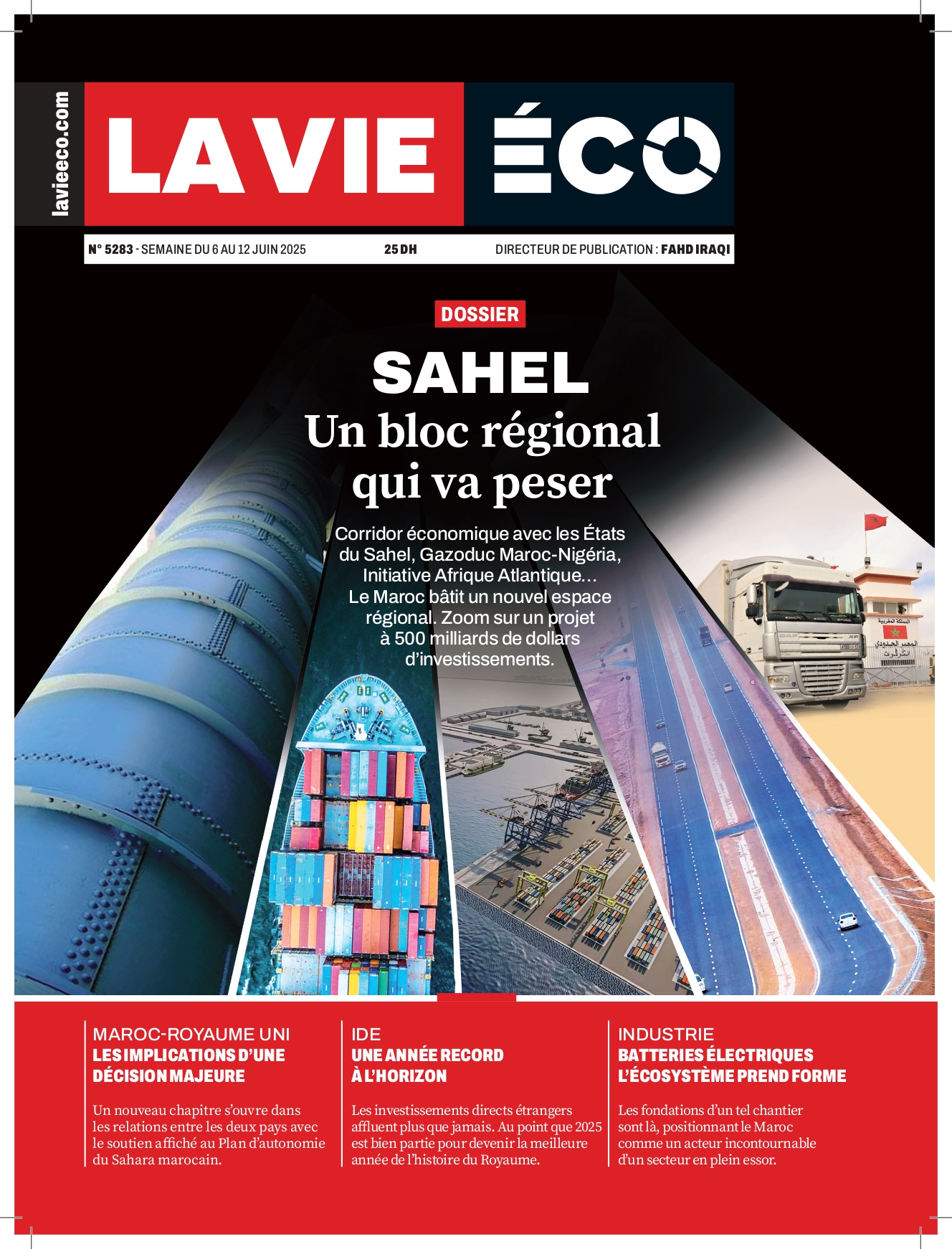Business
Casablanca’s Hub Bets on Its ‘Future’
The ‘MASI 20 Index Future’ is more than a product—it is a structural cornerstone for the market economy. How does it work? What is its purpose? And how can investors leverage its potential?

For several years, a strategic shift has been taking shape in Morocco’s financial landscape. By May 2025, this vision materializes with the launch of Morocco’s first firm futures contract on a stock index: the MASI 20 Futures, approved by the Moroccan Capital Market Authority (AMMC). This new instrument marks a decisive turning point for the Casablanca Stock Exchange.
Long confined to major financial hubs like Paris, London, or New York, derivatives are finally making their regulated, gradual, and structured debut in Morocco. The MASI 20 Futures represent the foundational building block of Morocco’s futures market. According to key market players, this signals nothing short of a paradigm shift.
‘The launch of the futures market is the culmination of a colossal effort involving the entire national financial ecosystem. It addresses a fundamental need for hedging and diversification in a volatile environment,’ explains Amine Maamri, CEO of CDG Capital Bourse and President of APSB.
An Internationally Standardized Tool
But what exactly is a Futures contract? It is a contractual commitment to buy or sell an asset at a future date and a price fixed today. In this case, the asset is the MASI 20 index, which comprises the 20 most liquid stocks listed on the Casablanca Stock Exchange.
The MASI 20 Future trades continuously on an organized market via a platform managed by the Term Market Management Company (SGMAT). Positions are cash-settled at expiration, with no physical delivery of shares. Each index point is worth 10 dirhams, meaning a single contract valued at 1,000 index points equals 10,000 dirhams.
To open a position, investors must deposit an initial margin of 1,000 dirhams per contract, required by the Clearing House (CCP). This collateral secures transactions against adverse market movements. Margin calls may occur over time to adjust positions based on price fluctuations.
“Leverage allows investors to control large amounts with minimal capital. However, it demands active and rigorous risk management,” emphasizes Maamri.
Betting on Trends: A Strategic Play
Consider a simple example to illustrate this product’s utility. A Moroccan portfolio manager holds 1 million dirhams in stocks heavily exposed to the MASI 20 index. Fearing a market decline, they decide to sell 10 MASI 20 Futures contracts at 1,000 points.
Each contract represents 10,000 dirhams, so this transaction hedges 100,000 dirhams. To initiate the hedge, they post a margin of 1,000 dirhams per contract, totaling 10,000 dirhams.
Weeks later, the index drops to 950 points. The manager closes their position by repurchasing the contracts at the new price, realizing a 5,000 dirham gain. This profit offsets part of the loss incurred on their stock portfolio—effectively using the MASI 20 Future as a financial parachute.
But this contract isn’t just defensive. It can also be used to actively speculate on market expectations. Suppose an investor anticipates a rise in the MASI 20 index. They buy one contract at 1,000 points.
If the index climbs to 1,050 points by expiration, the contract’s value rises to 10,500 dirhams. The investor gains 500 dirhams with an initial investment of 1,000 dirhams—a 50% return.
The logic is symmetrical. If the index falls to 950 points, they lose 500 dirhams. This highlights the double-edged nature of leverage: it amplifies gains… or losses.
“These instruments enable sophisticated strategies but require strong guidance to prevent misuse. Initially, they’re reserved for market professionals,” Maamri clarifies.
Robust Architecture for a Secure Market
The MASI 20 Future is offered with four fixed annual expiries: March, June, September, and December. At the end of each quarter, a new contract is listed, and the expiring one is delisted. This structure allows investors to adjust their exposure based on their investment horizon.
For instance, an investor might open a position in January for the June expiry, speculating on mid-year economic events. They can also close their position before expiry at any time if market conditions warrant it—a key advantage of this product.
This instrument operates within a robust institutional ecosystem. Oversight is provided by the Term Market Coordination Authority (ICMAT), which includes the Moroccan Capital Market Authority (AMMC) and Bank Al-Maghrib. The Term Market Management Company (SGMAT) organizes listing and trading, while the Clearing House (CCP) centralizes and secures all transactions.
Orders are executed through trading members, primarily licensed brokerage firms or banks. These entities may also act as clearing members, responsible for margin deposits.
“This market rests on secure, standardized infrastructure aligned with international norms. It represents a qualitative leap for our financial hub,” states Maamri. He adds: “It sends a strong signal to global investors: Morocco is equipping itself with modern risk management tools.”
With the launch of the MASI 20 Future, the country paves the way for a more mature and globally integrated financial system. This tool enhances market resilience, attracts institutional investors, and empowers Moroccan businesses to better plan their financial strategies.
Additional products—such as interest rate futures, currency contracts, and single-stock futures—will expand the offering in coming months. However, the market’s success hinges on several factors: rapid deployment of market makers, enhanced investor education, and gradual access for retail investors.
The MASI 20 Future is not just another listed product. It is a strategic instrument, a symbol of openness and modernity, and a catalyst for lasting transformation in Morocco’s financial sector.













